I highly recommend “Safe Home” on Hulu. I watched it because I loved Aisha Dee in “The Bold Type”. The theme is spot on: “There are two types of people in this world. Those who think family violence would never happen to them … and those who know it could happen to anyone.” I never experienced physical abuse, but I have been the victim of therapy abuse. I was silent about it for years, then finally filed a complaint with VA Dept of Health Professions in September 2020. I started posting about my experience on my blog in 2021 (206870), but didn’t make a public Google review warning others until 2022. In December 2023 he surrendered his right to renew license to avoid a formal hearing in which I was subpoenaed and prepared to testify. Yesterday a post was made about my former therapist on Reddit and it included a link to the consent order. I checked it again this morning and 6 people have shared their own experiences or information about inappropriate and unprofessional behavior from friends or colleagues. 😮 I am so grateful that I had the strength and evidence to stop him from harming others. He might have told current clients he was retiring, but he failed to tell them it was a choice to avoid disciplinary action. In February 2024 the Board unanimously agreed to put certain terms and limitations on his license. He appealed to avoid the indefinite probation of no less than 6 months which would have required him to:
I had two goals when I filed the complaint: 1) protect others 2) create a public record. Even though the consequences do seem “light”, having an official document with a finding of facts was validating for me and at least one other victim. It’s unfortunate that because of COVID-19, staffing issues, and the extent of evidence provided that this case dragged on so long. I often wished he would have just retired when he was notified of the complaint, but he told others that he had no plans of retiring because he enjoyed what he did too much. There’s a tendency to think that abuse (physical, emotional, financial, etc.) can’t happen to us. I’m here to say that abuse has many forms and anyone can be a victim. Too often it’s fear, shame, and guilt that keep us from speaking the truth, but if more people have the courage to expose a bully, an abuser, or a predator, we can protect and strengthen our communities. For years I honestly believed it was “just me” who had this harmful experience in therapy and I tried to minimize the damage it caused me. Now I just wish I could apologize to anyone who I could have saved by speaking up sooner (specifically in 2008 and 2017). I am available to anyone who wants to discuss my case in particular and/or what can’ be done to prevent therapy abuse from occurring and to support victims. Thanks to VDHP for listening to me and for taking my complaint seriously. Responses on Reddit from Anonymous Users: As someone who works in the same profession, [he] was not well regarded. A number of patients experienced unethical treatment and later sought therapy from his treatment. It is my belief he has caused significant harm. There were a number of complaints filed and unfortunately the process took longer than it should have. As of today he is no longer able to practice in the state of Virginia. Just know, you really are not the only one. I've heard about this guy from a friend of mine and he sounds really nasty. [He] was extremely unprofessional. A therapist of mine urged me to file a complaint, but I was too anxious and just wanted to put it behind me. I deeply regret that decision. I was referred to him a couple years ago and left messages with his office to schedule, but never heard back. Shortly afterwards someone in this subreddit said they had experience of him using misogynistic language with them, which put me off trying again. Glad now I didn’t keep trying. Oh my God! I thought it was me! He was so misogynistic I thought I was going crazy. I left when he became sarcastic during multiple sessions. I'm so sorry. That happened to me too. Yeah. My friend saw him and he was describing a therapy session where this guy was really sarcastic. It was weird. Super weird. My responses:
Thanks for sharing your experience as someone in the field. I am Client A and I can confirm that I was not the only one who was harmed. I met another former client whose story is eerily similar to mine. In December I had numerous conversations with the attorney for the Commonwealth to prep me for my testimony in the formal hearing. The reason this case was never dismissed and why it dragged on for over 3 years was because I had substantial evidence. The attorney told me she was “floored” and “astonished” by what she heard in the recordings I shared with her. She also told me there was a 0% chance I was the only one. I felt that same shock and disgust when I learned that it did happen to someone else and heard the details. It’s troubling that so many professionals in Charlottesville knew what was going on, but wouldn’t or couldn’t do anything to protect future victims. I talked to a few after filing my complaint who told me what happened didn’t surprise them and they’d heard things over the years. I even sought help from another therapist in June 2008. He was the one who told me I had been gaslighted and that what happened to me “wasn’t right” and he’d help get me out of it, but for whatever reason he didn’t follow through with the support I needed to leave. He also never suggested I file a complaint with the psychology board. I investigated that option on my own, but didn’t have the strength to come forward. I was terrified of exposing the truth and being blamed for causing it. I am finally sharing my story because therapy abuse is real and it can happen to anyone. Shame and guilt silences so many. Empathic and intelligent people can stay in damaging relationships for many reasons. We rationalize. We analyze. There’s nothing wrong with being a caring person who wants to be cared about. There’s nothing wrong with being a person who is eager to fix things or who works hard to make things right. Even if anonymous users might say negative things about me, I am proud of myself for having the courage to file a complaint with the Department of Health Professions and to submit a Google review with my real name. There were many moments over the past three years when I regretted my decisions and feared there would be no good outcome. I’m so relieved to know my actions have made a difference and helped others. Because I did both of these things, I was able to meet another strong and brave woman who in a very short amount of time has made a huge impact on my life. There is so much power in listening. …… Once he retired the only action the Board could take was concerning his right to renew his license: either revoke or accept his voluntary surrender. After the notice for a formal hearing was issued, there were a few weeks of negotiations between his lawyers and the Commonwealth’s lawyer to reach a settlement to avoid the scheduled hearing. I was hoping for it to be canceled because although it might have been empowering to testify, it could have also been very traumatizing. After 3+ years since talking to the investigator, I just wanted my case to be finally closed. I had two goals when I filed the complaint: 1) protect others 2) create a public record. Even though the consequences do seem “light”, having an official document with a finding of facts was validating for me and at least one other victim. If he didn’t appeal the initial order he would have had to go into therapy himself, attend an in-person CE on suicidal ideation, and enter into individual supervision of his practice indefinitely (a minimum of 6 months). It’s unfortunate that because of COVID-19, staffing issues, and the extent of evidence provided that this case dragged on so long. I often wished he would have just retired when he was notified of the complaint, but he told others that he had no plans of retiring because he enjoyed what he does too much. I recently watched “Safe House” and this stuck with me: “There are two types of people in this world. Those who think family violence would never happen to them … and those who know it could happen to anyone.” There’s a tendency to think that abuse (physical, emotional, financial, sexual, neglect) can’t happen to us. I’m here to say that abuse has many forms and anyone can be a victim. Too often it’s fear, shame, and guilt that keep us from speaking the truth, but if more people have the courage to expose a bully, an abuser, or a predator, we can protect and strengthen our communities. For years I honestly believed it was “just me” who had this harmful experience in therapy and I tried to minimize the damage it caused me. Now I just wish I could apologize to anyone who I could have saved by speaking up sooner (specifically in 2008 and 2017). …… 5 Signs of Narcissistic Therapists (The Ultimate Covert Wolves In Sheep’s Clothing)
0 Comments
Whenever I get WORLDE in one guess, I feel like it’s a sign. I’m one of those people who switches their starting word every day based on my current mood or thoughts at the time I decide to play the game.
Yesterday I was thinking about the end of the year and what stood out the most as I reflected on how I feel now versus January 1, 2023. I learned a lot of new information about a situation that has preoccupied my mind for years. I learned so much about myself with the final resolution of that conflict. And, I have started planning 2024 with new opportunities to learn by signing up for a couple of writing groups so I can hopefully take my experience and create something that could help others and myself. So I typed in LEARN on my Wordle board and it was all green. YES! One of the greatest gifts I received this year was meeting someone who shared a similar experience with me. Our relationship started with a “Thank you” from her to me, but I want to end this year by publicly thanking her as well. I am not alone. When the attorney for the Commonwealth told me there was a “zero percent chance” based on her experience that I was the only one harmed by this therapist, I believed her. It took less than a month to have proof that she was right. On January 8, 2022 I posted a public review on Google indicating that I filed a complaint with the VDHP because I hoped someone who could relate would reach out to me. It worked. I never realized how liberating it would be to finally connect with another woman who knew firsthand what I had gone through in “therapy” because she could have told the same story that I shared with the investigator. It’s heartbreaking to finally know for certain that I wasn’t alone in being hurt by this psychologist, but it’s been a huge relief to accept that there wasn’t something uniquely and inherently wrong with me that allowed it to happen. It wasn’t ME, it was his MO. But this post isn’t about him and the damage he inflicted on at least two people (and undoubtedly many more). It’s about how justice and public accountability in this case finally led to new and valuable connections. Empathic and intelligent people can stay in damaging relationships for many reasons. We can rationalize. We can analyze. There’s nothing wrong with being a caring person who wants to be cared about. There’s nothing wrong with being a person who is eager to fix things or who works hard to make things right. I am so proud of myself for having the courage to file a complaint with the Department of Health Professions and to submit a Google review with my real name. There were many moments over the past three years when I regretted my decisions and feared there would be no good outcome. I’m so relieved to know my actions have made a difference and helped others. Because I did both of these things, I was able to meet another strong and brave woman who in a very short amount of time has made a huge impact on my life. There is so much power in sharing and in listening. I hope 2024 is a year where both of us continue to learn new ways to heal and to grow, to find purpose and to continue moving forward. Thank you to my newest friend. “Music can be like a box of mood pills that we can use to treat ourselves.” - peter gabriel Two songs have immensely helped me get through a challenging year: “Thank You for Hearing Me” (Sinead O’Connor) and “Live and Let Live” (Peter Gabriel). The fact that the former is a break-up song written about the latter seems strangely meaningful, too, especially since both songs explore the importance of communication, dealing with hurt feelings, and emerging stronger through forgiveness. The loss of Sinead O'Connor hit me hard. I found solace in "Thank You for Hearing Me," a song that resonated with me since I first heard it in the "Nothing Compares" documentary in March. Processing the end of a significant relationship, I reflect on this song. Despite feeling conflicted about the release of public records documenting my experience, I recognize that through it all, and perhaps because of it, I've emerged with a resilient heart still eager to learn from my struggles and to value connections. I admit that when I filed a complaint with the Virginia Department of Health Professions on September 4, 2020, I was both angry and hurt. I had asked a former therapist for an appointment and struggled with what to do when he wanted to meet in person during the COVID-19 epidemic. Over two days he offered me two appointments. I waited almost three weeks to respond because I was scared about what to do. I spent over an hour trying to compose a message maintaining my boundaries of meeting virtually while not offending him. It didn’t work. His response: “I’ll pass.” Everything that happened in the room over 1,096 sessions I was able to forgive or forget because whenever I was in dire need for support, I went back. When my appointment request was denied for the very first time since I started therapy in 2006, and in such a terse and dehumanizing way, I was gutted and hopeless. I knew it finally was the end of our “stormy” relationship, but it wasn’t on my terms. I was humiliated and ashamed. The only way I could claim some dignity from being “rejected” was to finally be honest with the Board of Psychology about what had happened to me in therapy and the behavior I had always known was a violation of its code of ethics and regulations. I had so much evidence documenting the claims I made in my initial written complaint and during the phone call interview with the investigator, hours of recorded sessions, voicemails, hundreds of pages of emails, and handwritten notes (both encounter and personal) from my former therapist. In retrospect, I realize I probably provided too much information because it slowed the entire process down as it all was carefully reviewed on multiple occasions. I’m so sorry. That’s all that I can think about right now. I want to apologize to everyone involved in this case especially the staff at VDHP. I now know I delayed the process by providing additional evidence in 2021 and 2022, but after a year, then two, had gone by without any resolution. I felt compelled to do something to try to alleviate my anxiety and fears that the case would be dismissed. I had written about my experience and had met with my psychiatrist and felt that it was important to include that information to demonstrate the toll this ordeal had taken on me. If someone would have told me in September 2020 that it would take over 3 years (1,175 days to be exact) for this to be resolved, would I have still filed the complaint? At one point in 2021 I was so desperate for closure I asked if I could withdraw my complaint and was informed that wasn’t possible. There was nothing I could do to stop it, or to speed it up, but everything I did seemed to slow it down. I know I sent a lot of emails to VDHP staff because I was frustrated by the system that didn’t allow anyone to provide information regarding an ongoing case. I know I made everyone’s job much more difficult when I asked questions or provided more documents to review. I’m so sorry. I really am. I know that I sent a “multitude of emails” and asked a lot of questions, but it was just a fraction of the incessant thoughts I had about this case. One way I deal with my anxiety is to do something. I regret that my desire to understand the process and get updates impeded their work. I wish I could personally apologize to everyone involved. When I filed the complaint I was angry. Now that the case is settled I have empathy and perspective. When the case went to an informal conference instead of getting settled with a consent order I took it personally. When the decision of the informal conference was appealed I took it very personally. I have a tendency to feel that when I’m hurt by something that someone does it must have been intentional and I must deserve to be in pain. I realize now that my feelings are probably not even on the radar for most people, especially someone acting to protect themselves. An appeal of the initial order from the informal conference was filed in April so he could retire in June without having to comply with the terms of the probation imposed on his license. Maybe he thought the whole thing would just go away. I knew it wouldn’t because I had asked the question over the years at various stages in the investigation and after the hearing, “What happens to this case if he retires?” So I know that he appealed to run out the clock because that was in his best interests. I totally get it. The fact that it also devastated me to not get closure when it was seemingly within grasp was probably inconsequential to him. I’m actually relieved that he never had to be inconvenienced with the requirements of the 3/6/23 Order. When I first read the terms and conditions of his indefinite probation of no less than 6 months, I felt validated, but then, almost immediately, I felt intense guilt because I questioned my motives and the legitimacy of my case. What was I really trying to achieve? Did I want to protect others or to punish him? I thought about Schadenfreude. “Your motives do not have to be PURE, even though you think so,” he emailed me after introducing me to that term in 2014. I don’t want any pleasure in any misfortune caused by the settlement of this case. Peter Gabriel’s song, “Live and Let Live” is my mantra right now: “When we forgive we can move on.” As soon as I start to blame myself for everything that happened during therapy and with the VDHP complaint, I need to remind myself the person I really need to forgive is ME. The truth is that I had forgiven my therapist for all the incidents referenced in the order except for the final one or I wouldn’t have kept returning again and again. That’s why I’m still so conflicted. I never wanted to take the action to formally complain because I still wanted the option to continue the therapeutic relationship if necessary. So if I filed the complaint only after he denied me a virtual appointment does that make my motives impure? I need to accept that I’ll never have the conversation I so desperately wanted before I filed the complaint. What was so wrong with me? What exactly did I say in my email that made him think I deserved such an unprofessional and flippant two-word response when I was in my most vulnerable state, especially after everything we’d been through together over so many years? I concealed so much about what happened to me in therapy from the people closest to me so I’m satisfied the outcome is a document that outlines findings of facts and conclusions of law. It’s long past the time for me to walk away without the burden of blaming myself for my transference and his countertransference. Thank you to the staff of the Virginia Department of Health Professions and the Virginia Board of Psychology for all the time spent investigating and litigating this case. I am eternally grateful that my complaint wasn’t dismissed and there was resolution. Thank you for hearing me.. Thanks also to The Women's Initiative for giving me the opportunity to share my story in “Challenge Into Change”. I’m so grateful that I received a copy of this book the same week that the final order was issued for the case described in “All This”. Thank you! Timeline of Public Documents
All my writings about Case 206870.
It takes courage Learn to forgive To be brave enough to listen To live and let live Peter Gabriel, “Live and Let Live” (from the highly anticipated new album “i/o”) Charlottesville is a small town. It’s even smaller when you have an identical twin who is also active in the community. So the chances of seeing me (or someone who looks a lot like me) are double that of a normal person. If you factor in other variables like she doesn’t drive, I don’t own a car, she has numerous doctor appointments and meetings, and I’m training for a marathon, the likelihood you’ll see one of us randomly walking or running on streets and trails is quite high!
This is one of the main reasons why I believe if there’s an unresolved conflict, it’s much better to have a planned conversation than an unexpected, awkward interaction. Since filing a complaint against a former therapist in September 2020, I’ve seen him in the grocery store at least four times. At the first encounter, I fled in a panic attack, during the last I wished I could have gone up to him to plead that he drop his appeal to the decision of the VDHP so this ordeal would finally be over for the both of us, three years later. There are other people I’ve worked with in the past year who I’ve asked to speak with in a facilitated way, but the request was denied. I don’t want to make anyone unnecessarily uncomfortable, but I also don’t like it when I know my words and actions have been misrepresented in a way that affects my reputation and my future. I will always seek clarity, acknowledge my mistakes, offer suggestions for improvement, and be willing to listen. Always. During my periods of unemployment, I tried to be as transparent as possible, writing about my struggles with anxiety, being a workaholic, and getting older. In my cover letter, I was honest about who I am in five words. At first, they were:
By the time I applied for the position I currently hold, I made one change, replacing “Persistent” with “Quirky.” At the time, I felt it was more appropriate to acknowledge that I am unconventional and unorthodox because that’s core to my identity. It didn’t occur to me until quite recently that persistence can be viewed in a negative way by those who’d rather ignore problems than try to fix them. When I condensed my lengthy resume to one page I prominently displayed those five words and the two quotes I live by: “Our doubts are traitors, And make us lose the good we oft might win, By fearing to attempt.” –Shakespeare ALWAYS BE HONEST, BE KIND, BE FRIENDLY JUST HOW YOU WANT TO BE TREATED Over the past year, I’ve channeled my ruminations into writing some sad (and, to be honest, probably bad) “lyrics” about all of my feelings regarding the ongoing and unresolved dramas. I’m so grateful to Peter Gabriel for writing a beautiful and uplifting song covering the same themes in a more positive way. “Live and Let Live” has been on repeat quite a bit this week. Thank you so much Peter. I was lucky to be in the front row with my son in Dublin and it was a life-changing experience. I cannot wait to see the i/o tour again in Philly, New York, and DC. This is how it turns This is what we do This is who we are When we forgive We can move on Release all the shackles One by one We belong to the burden Until it's gonе Peter Gabriel, “Live and Let Live” Just
by Leah Connor If I just let things go If I just stopped to enjoy the show If I just made the shots If I just stopped the incessant thoughts Who would I be? If I just paid the fines If I just stopped looking for signs If I just let them go If I just stopped begging to know Who would I be? “Just married” “Just breathe” “Just sold” Just need “Just keep swimming” “Just have fun” “Just do it” Just run This just in…. I’m still here. I won’t disappear. I’m sincere. A pioneer. I persevere. Despite my fears. I take souvenirs. This just in I’m still here. Justice seeker. Imagineer. If I just let blame go If I just stopped made room to grow if I just stopped if I just paused If I just stopped the pain I caused Where would I be? Pacifier
by Leah Connor To pacify or persist To renounce or resist I’m sorry but I must insist These problems be fixed Telling the truth is my only way So please just demand an NDA Give my friends a vacay Stop working to save me from the spiral The desperate dream that my complaints go viral My intent is pure Talking the cure I knew it wouldn’t be easy Unveil the secrecy Expect some decency My urge to save the next From a similar mess Was never obscure To be the change To know for sure When I did my best Shared my strengths, my sorrow, and all the rest In the end, ChatGPT showed more empathy Gave me hope in tomorrow I see the allure of its ease To fill some basic needs When the pursuit of what’s just is the hardest test In place of human morality Should I trust AI’s reality Fill the achy silence with any answer Accept generated words as my pacifier |
@leahcville1/2 of @TwinsRun Categories
All
Archives
May 2024
|
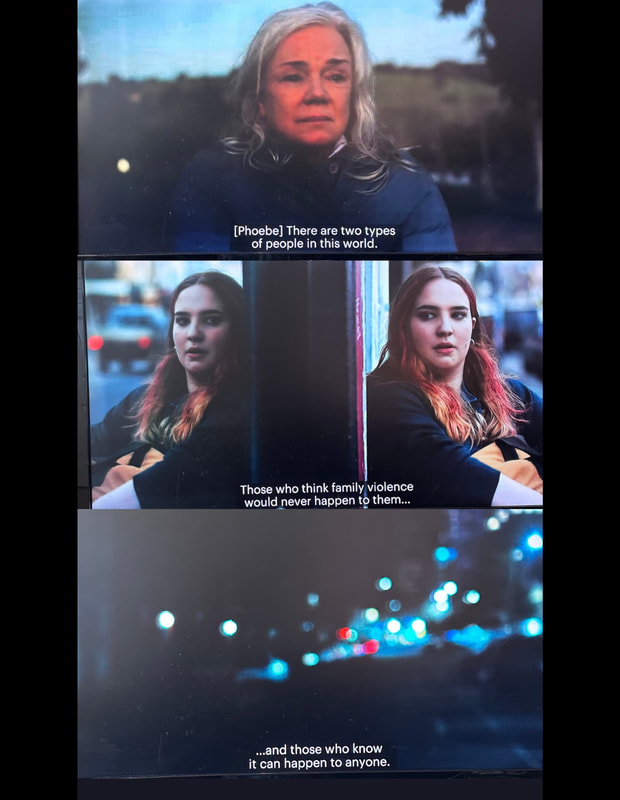
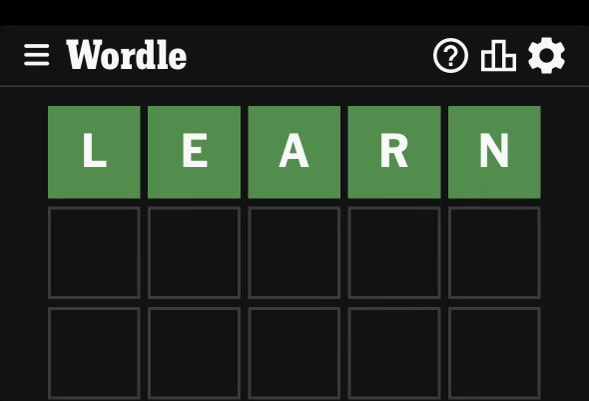
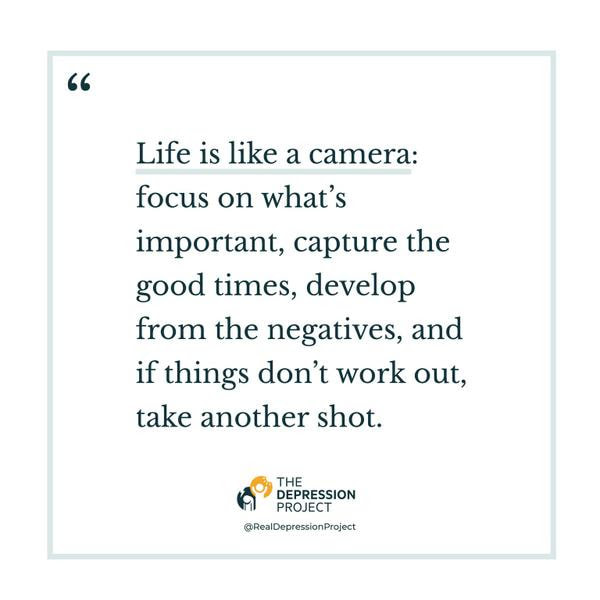
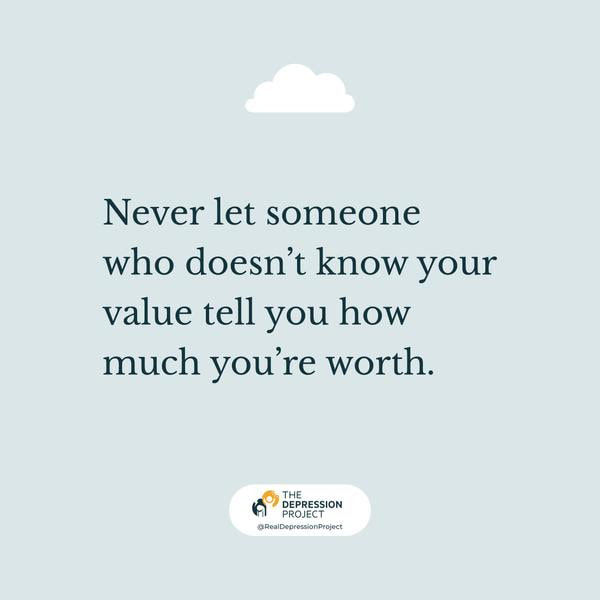
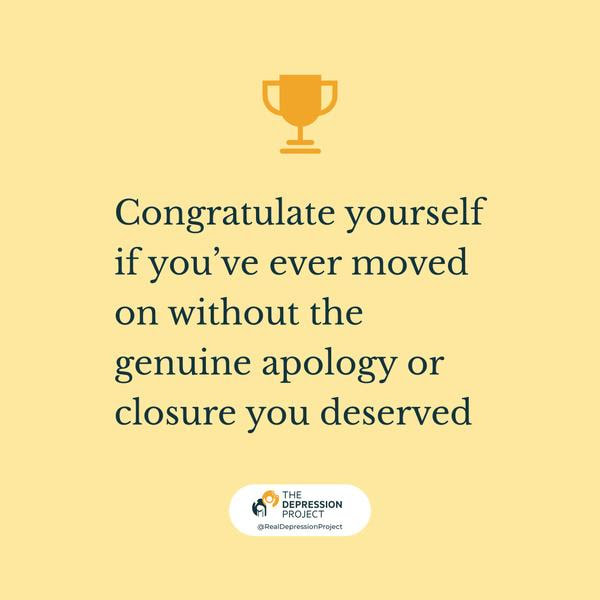
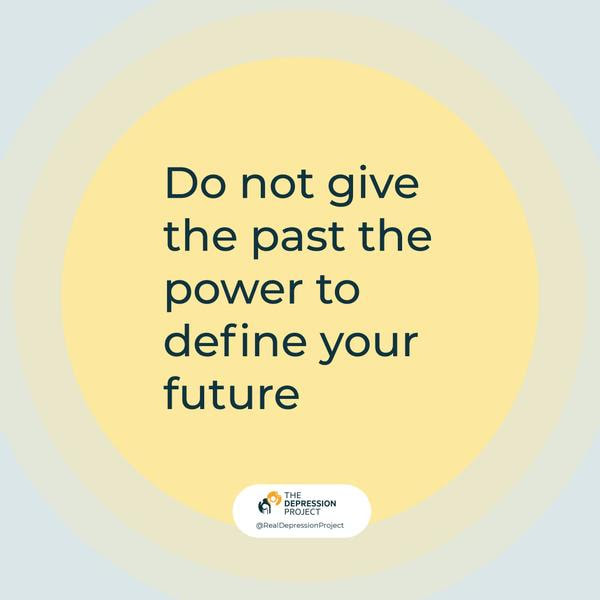
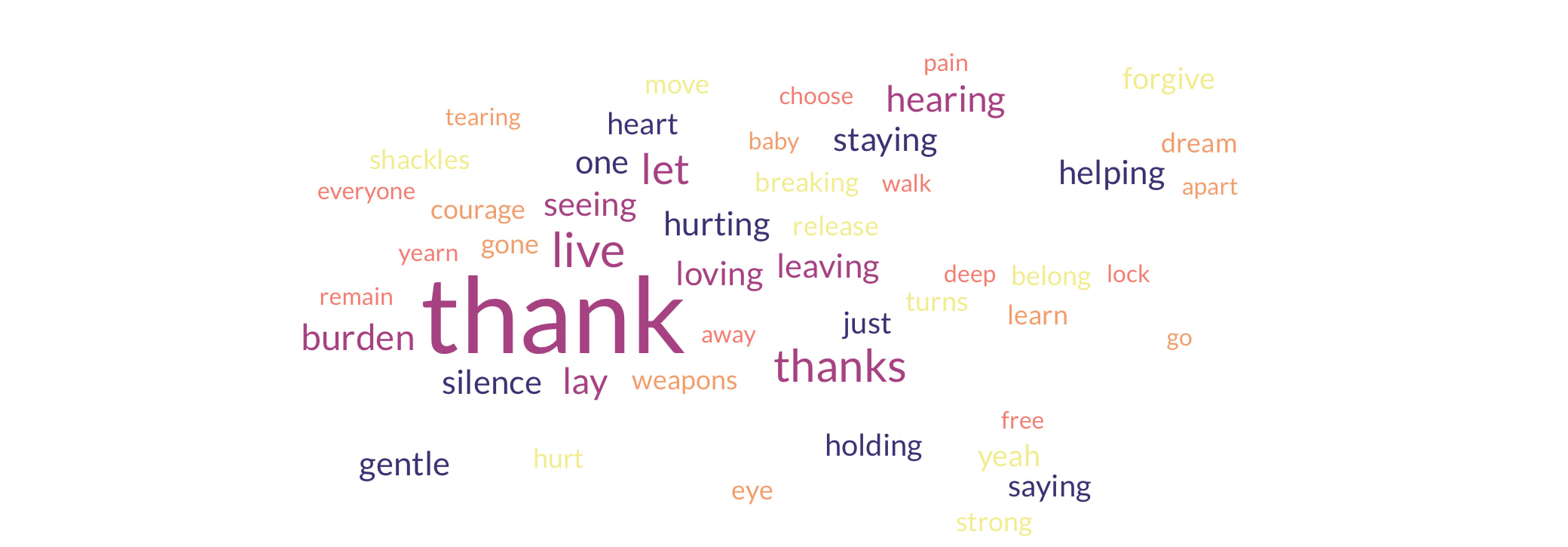
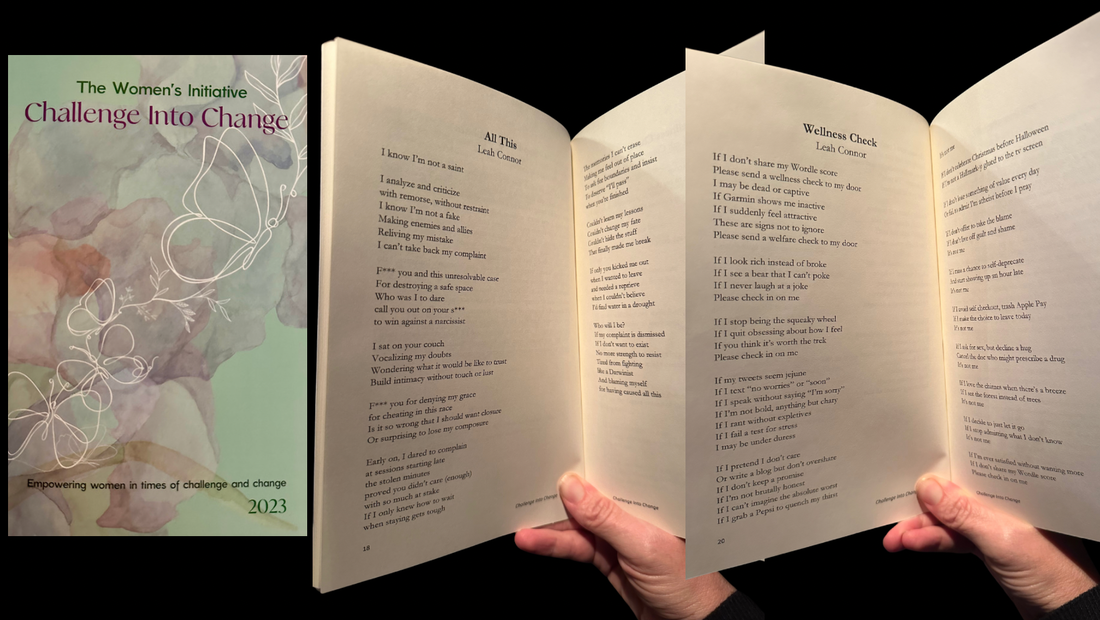
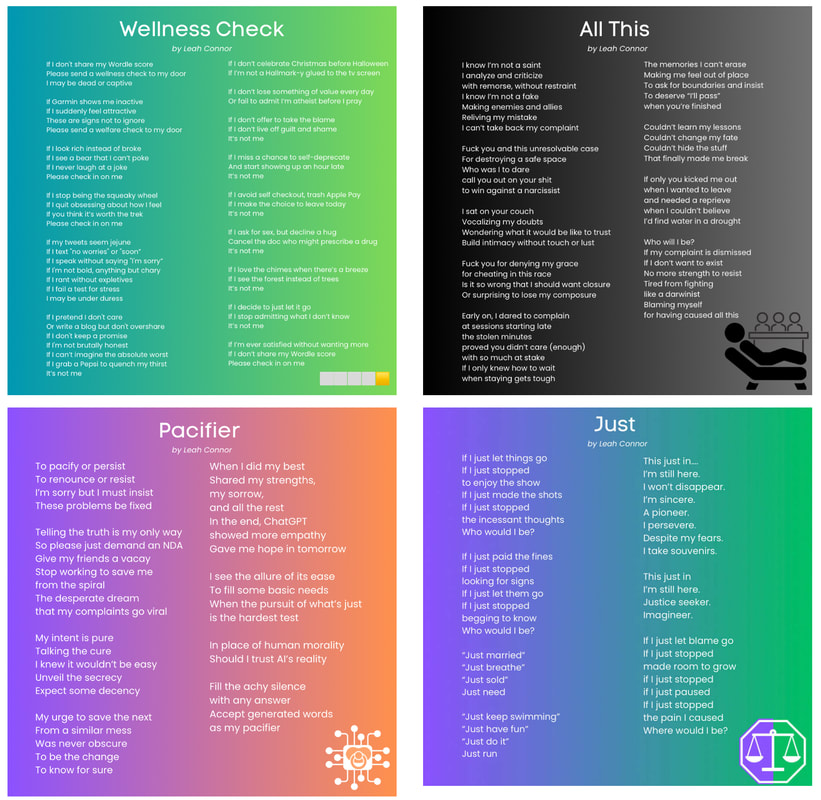
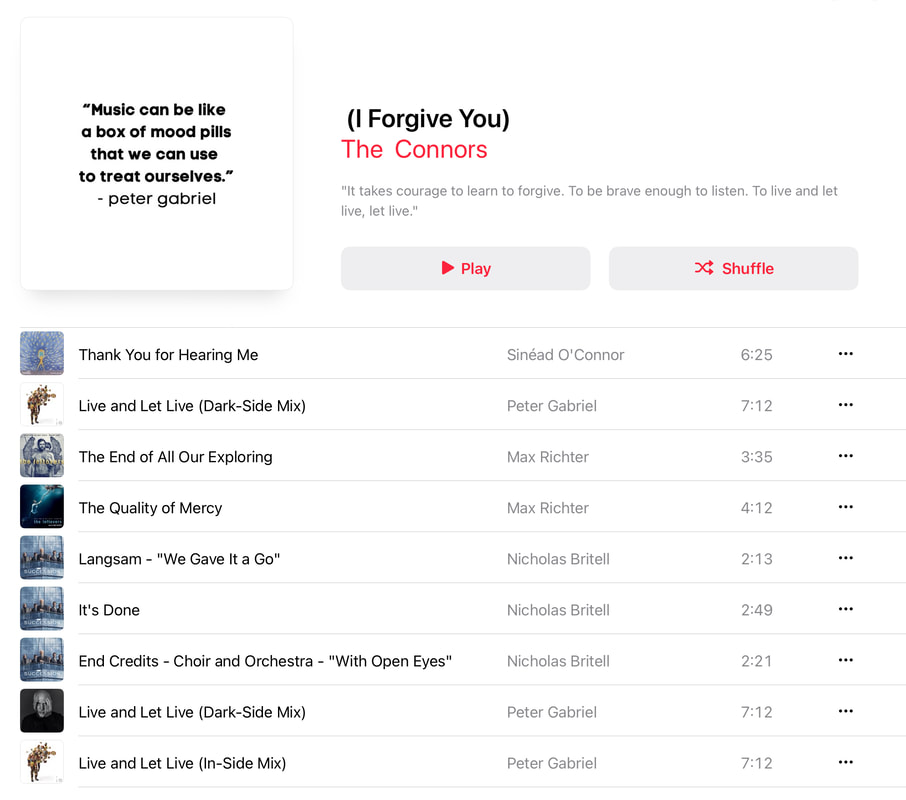
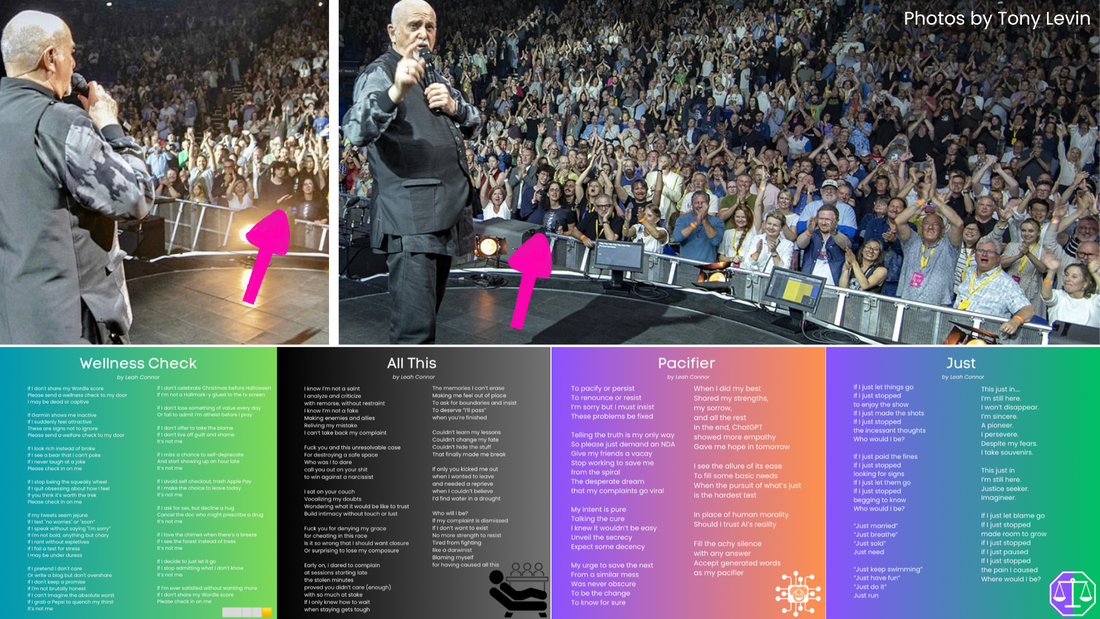
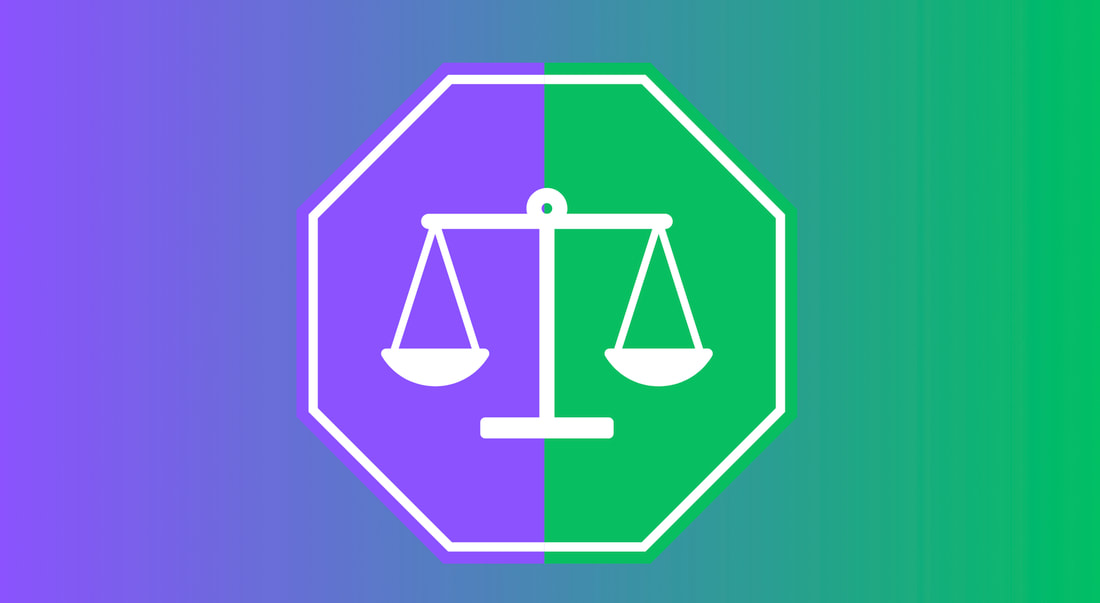
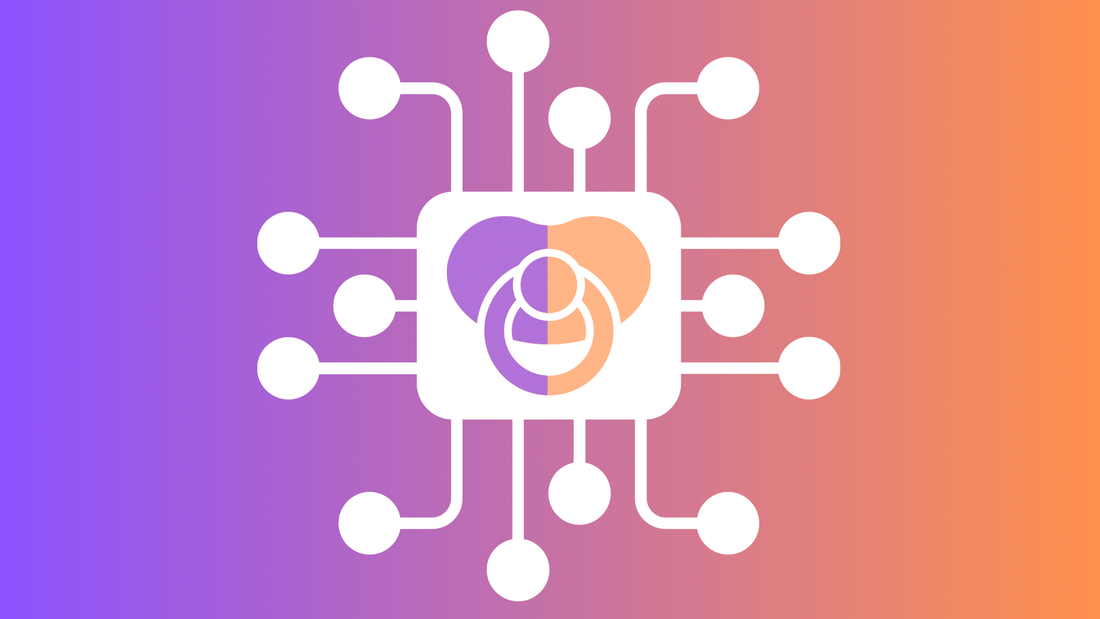

 RSS Feed
RSS Feed
